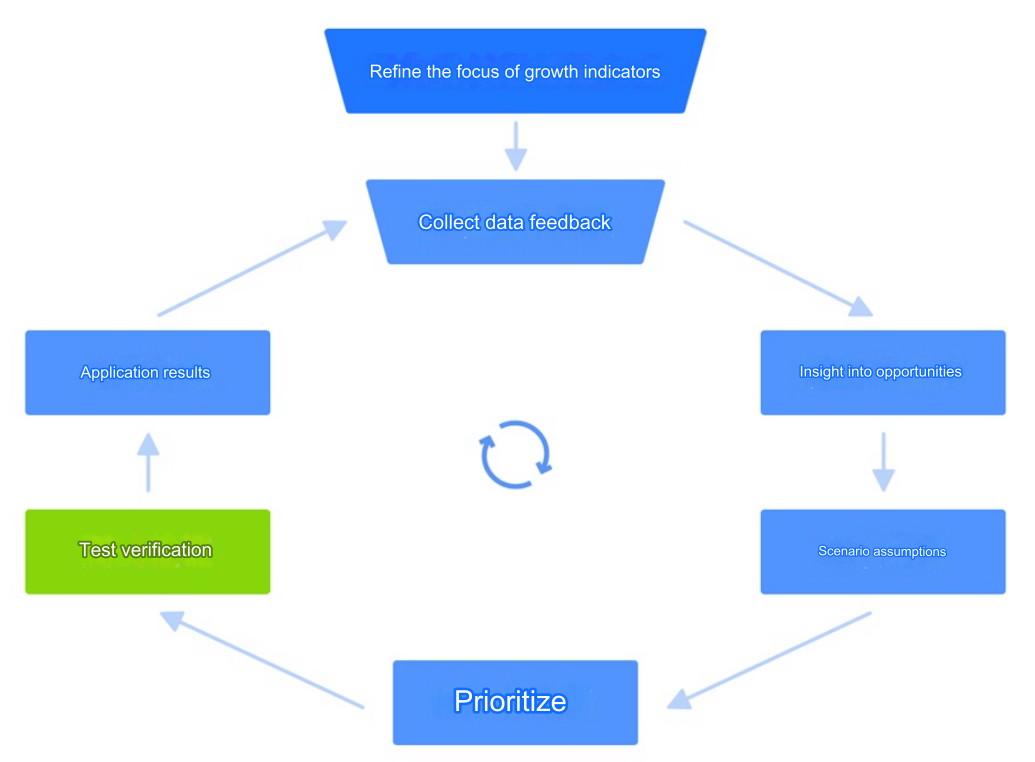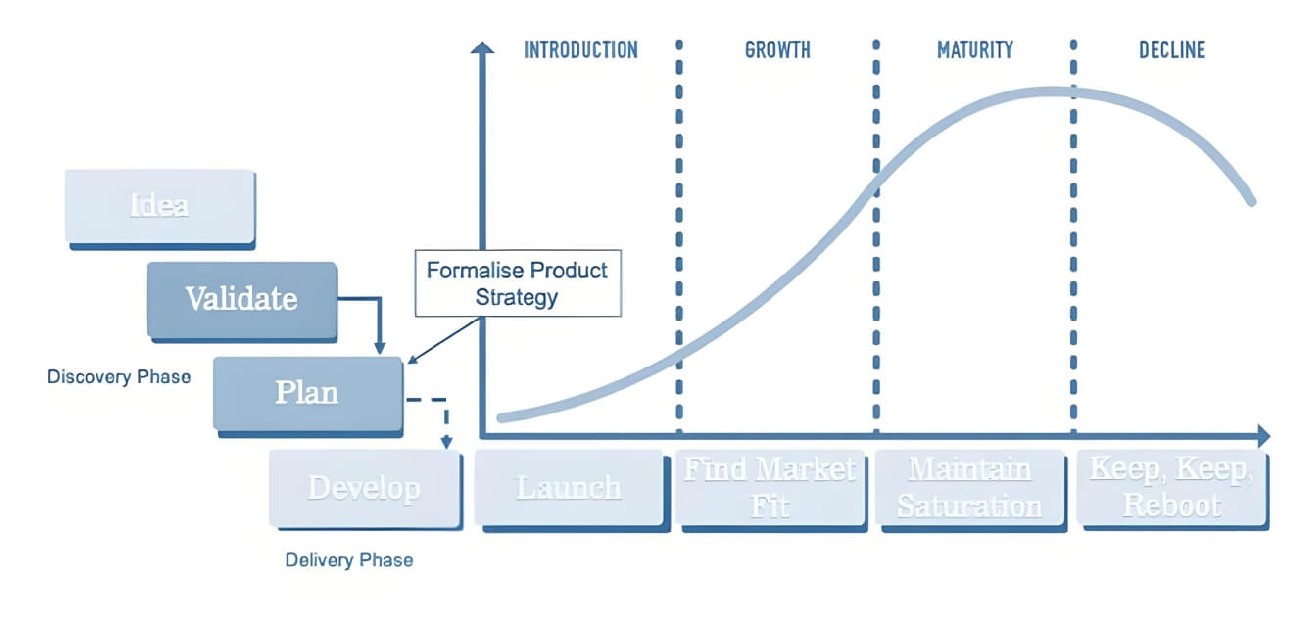The nature of the product manager role does involve handling a lot of trivial matters, but does that mean growth is impossible? This article summarizes common issues faced daily and offers solutions in the hope that it will help you.
Before I realized it, I had been toiling in the junior product manager role for many years. The work remained the same, and the output followed the same pattern.
Looking around, I watched my colleagues one by one advance to become experts capable of leading in their fields, while I was still stuck debating trivial matters like whether a button should be red or green. Naturally, I started feeling a bit down and anxious.
In the midst of this frustration, I began reflecting on myself and my situation. To be honest, the product manager role does come with an overwhelming amount of trivial tasks, but that shouldn’t be an excuse for not growing.
So, I decided to face the situation, analyze myself, acknowledge the problems, and look toward the future.

I. Problems You May Encounter
Let’s first discuss the issues that arise when you’re consumed by daily trivial matters.
Staying Surface-Level, No Deep Insights
This is obvious: when you're busy, you can only scratch the surface of most tasks, and digging deeper becomes impossible due to time constraints.
For example, if you had just 10 tasks to complete in a day, you could fully understand the background of each, simulate various use cases, and summarize insights on each target user group.
But what if you had to complete 50 tasks in a day? Would you still have time to do such in-depth work?
Or take prototyping as another example. If you had to create only 10 pages in a day, you’d probably spend time refining the layout, alignment, fields, and styles. You might even add interactions to make the prototype functional for demonstration.
Now imagine you had to complete 50 pages a day—wouldn’t it be faster to just slap on some screenshots with annotations?
These two examples illustrate the reality of product management. When time is limited, we can only touch on things briefly (unless you use your free time to study further).
In such circumstances, it becomes almost impossible to gain a deep understanding of the business or thoroughly explore the data, making it extremely hard to develop lasting insights.
Stagnation, No Advancement
When I say stagnation, I mean a lack of career progression—no change in position, no promotion in rank, and no increase in salary.
While the title “product manager” applies broadly, within it there are levels: junior product manager, mid-level product manager, senior product manager, and product director. Each level requires a different skill set.
The higher the level, the more you're expected to handle product architecture, maintain a broad strategic view, and think big-picture. For a product manager, it's sufficient to handle a few modules. For mid-level and senior product managers, it’s more important to control the product as a whole. Product directors, on the other hand, must understand executive intent, convey the company's strategy, and steer the product's direction.
Each step in this journey requires extensive review and summarization, constant communication and learning, and continual personal improvement.
While being busy isn't an excuse, it certainly drains a person's motivation and patience to push through to the next level. With limited energy, how can we realistically expect ourselves to regularly reflect, summarize, improve, and expand after working long hours?
Constant Firefighting, No Future
There’s a cause-and-effect relationship here. The lack of time for reflection and improvement, and the repetitive nature of the work, leads to a vicious cycle where you’re constantly putting out fires without delving into deeper issues.
Many of the problems we encounter daily are repeats of past situations, yet we still spend the same amount of time resolving them every time. And these problems keep recurring. We all know this isn’t normal, but breaking this cycle is no easy task.
Ideally, we’d extract common themes from these chaotic tasks, find patterns in the disorganization, and identify underlying truths in the ever-changing landscape. From there, we’d form methodologies and solutions to handle all situations with ease. That’s the ideal, but I’m sure most of us realize how far from reality that feels. We’re often so bogged down by trivial matters that by the end of the day, we can’t even pinpoint what we accomplished.
Over time, this state leads to exhaustion and even resentment toward the job. When it feels like there’s no present, how can there be a future?
II. Key to Breaking Through
Every problem has its solution. Since we’ve identified the issues, it’s time to break the cycle.
Try Retrospectives, Learn to Summarize
Retrospectives and summaries can pull us out of the swamp of daily trivia. By reflecting often and reviewing past tasks, we turn each minor issue into a stepping stone for future breakthroughs.
Most of us tend to focus solely on moving forward, adopting a problem-solving mindset instead of approaching things systematically. “Here’s a problem, I’ll fix it. Here’s a challenge, I’ll overcome it. Don’t have time? I’ll work overtime.” This mindset is fine for small, manageable workloads, but when tasks pile up, it becomes overwhelming.
The point of retrospection is not just to identify mistakes, but to establish a set of standard solutions for recurring issues. It also helps us fill in gaps and record challenges, so we can quickly address similar issues in the future.
Through regular retrospection and summarization, we can clearly see what tasks were valuable for growth and which were merely busywork. It provides direction and focus, rather than simply feeling “busy” without knowing why.
Break Out of Old Habits, Shift Your Thinking
Often, we become so accustomed to our routines that we overlook important matters, settle for quick fixes, and pass up opportunities for improvement. Over time, this state becomes “laziness,” leading to a “dragging” approach to work.
To change this, we must step out of our comfort zone. Don’t be constrained by established processes—return to the core of each task and approach every challenge with fresh eyes, free from preconceived notions.
This mental shift is difficult but essential. We need to discard biases and be willing to contradict our past decisions. It’s hard, but if you persist, it can lead to significant growth.
Embrace Change, Live Your True Self
Ultimately, this point applies to any industry, company, or position. It’s about adjusting your mindset.
You can’t expect to always be comfortable or idle, nor can you stay constantly stressed and busy. A reasonable balance, with clear goals, is key. Being busy should be purposeful, helping you achieve objectives, not just keeping you occupied with trivial matters.
If your job is so busy that you don’t even have time to think, you’re left with two possibilities: either your external work environment is flawed, or your work methods are. In either case, it’s time to make a change.
If the external environment is the issue, sometimes stepping out and finding better ground is the solution. The worst approach is to complain while coasting through the motions, doing nothing to improve your situation.
If your work methods are the problem, try new approaches. Before tackling a task in the same old way, ask yourself if there’s a better solution. A small self-examination might reveal an unexpected breakthrough.
Final Thoughts
Time is fair—it treats everyone equally.
Time is also unforgiving—once it’s gone, it doesn’t come back.
Our only option is to create unlimited possibilities within our limited time.







